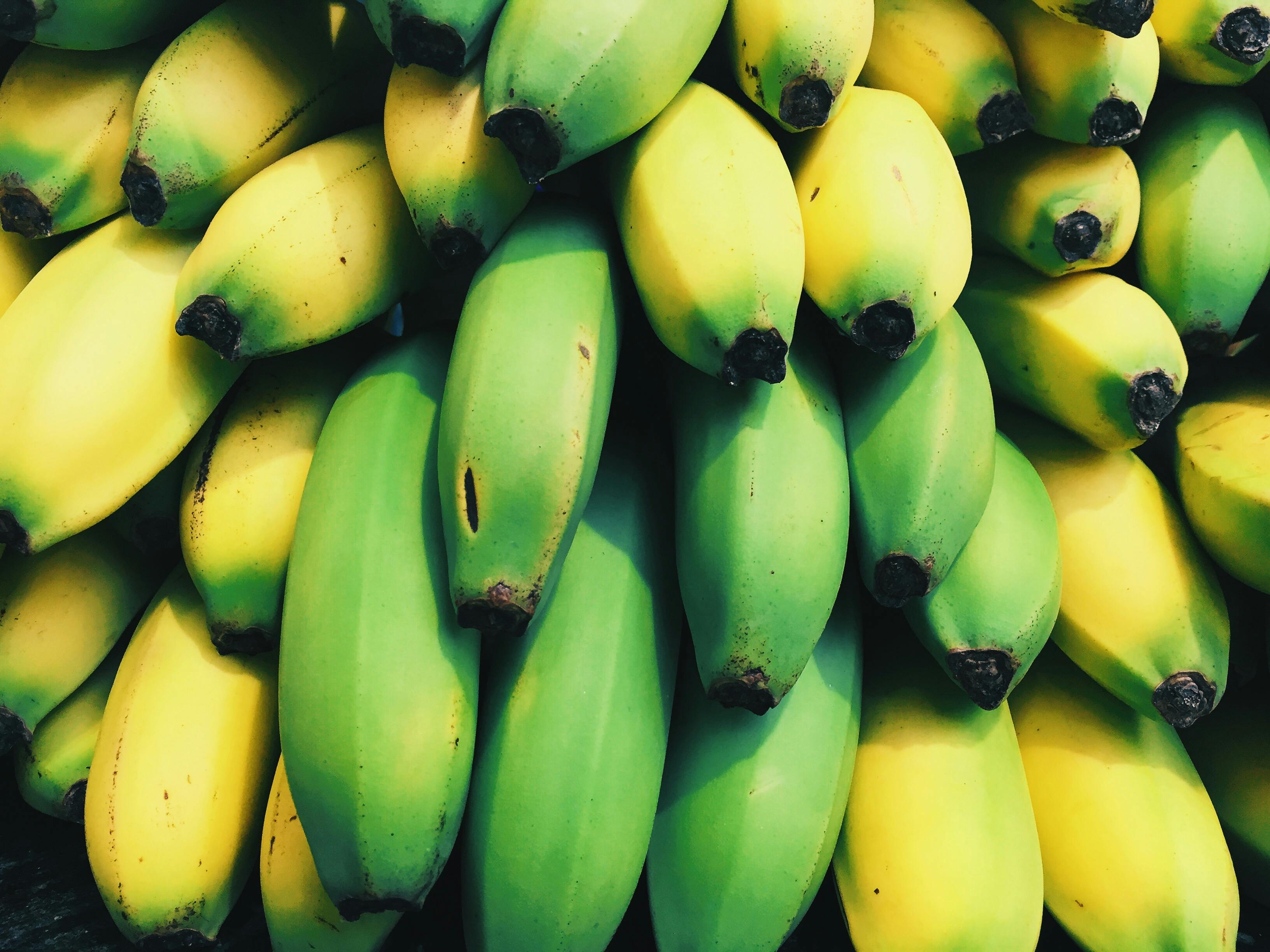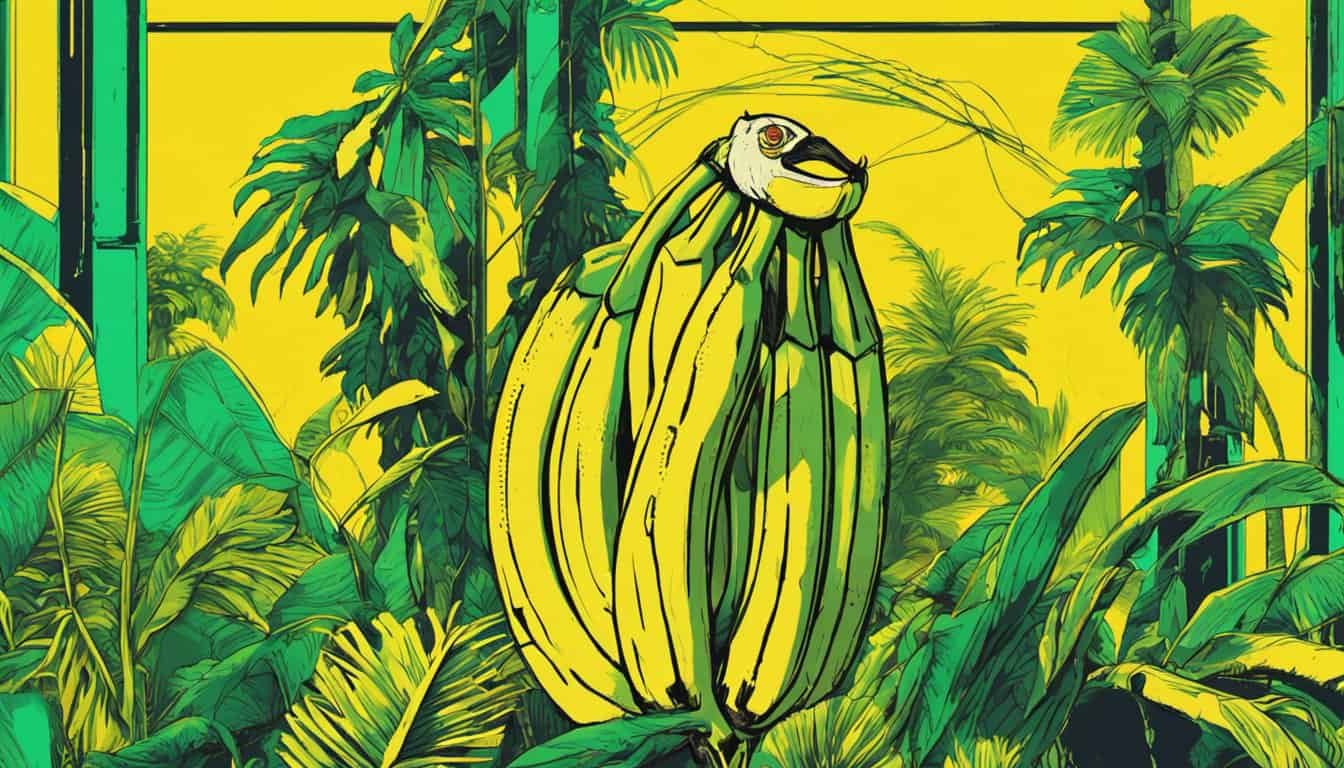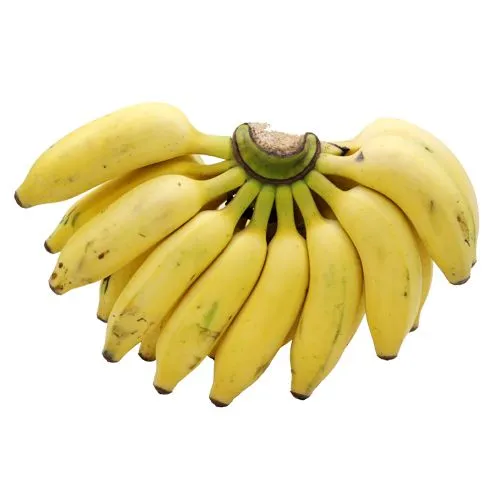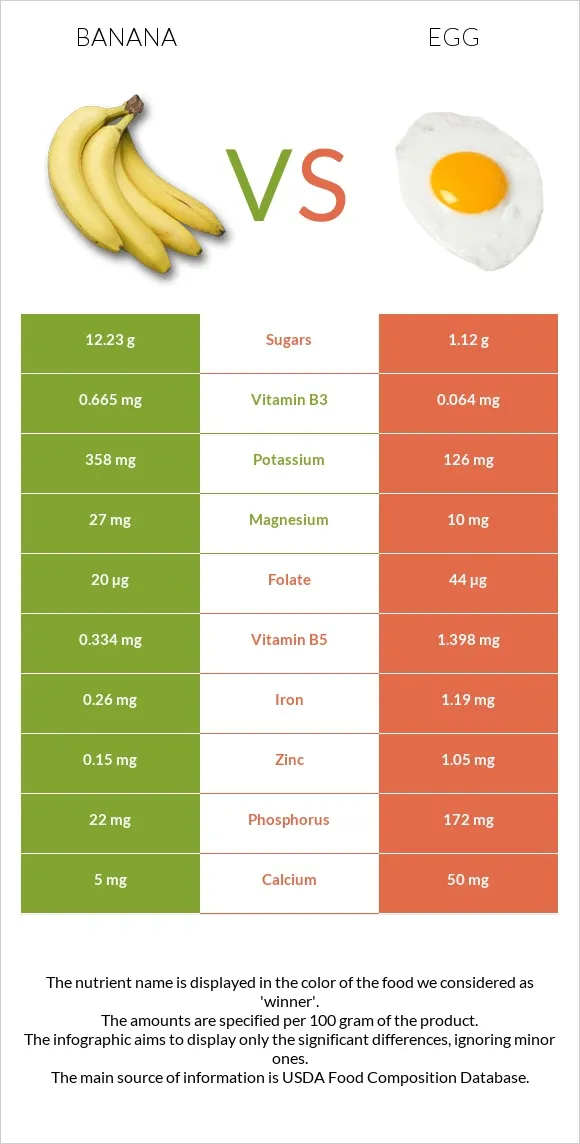Key Takeaways
- Triploid Genetic Structure: Bananas are triploid, possessing three sets of chromosomes, which results in seedless and commercially preferred fruits.
- High Genetic Diversity in Wild Species: Wild banana varieties exhibit significant genetic diversity, crucial for breeding programs aimed at enhancing disease resistance and adaptability.
- Advanced Genome Sequencing Techniques: Modern sequencing technologies enable precise mapping of banana DNA, facilitating the identification of genes responsible for key traits like sweetness and disease resistance.
- Marker-Assisted Selection for Disease Resistance: Utilizing genetic markers linked to diseases such as Panama disease and Black Sigatoka accelerates the development of robust, disease-resistant banana varieties.
- Genetic Engineering for Enhanced Traits: Innovations in genetic engineering are allowing the creation of banana varieties with improved nutritional content, longer shelf life, and better yield.
- Sustainable Cultivation through Genetic Research: Understanding banana genetics supports sustainable farming practices by developing varieties that require fewer resources and are more resilient to environmental stresses.

Bananas aren’t just a tasty fruit we all love—they’re a marvel of genetics. I’ve always been fascinated by how these yellow staples have such a unique genetic makeup that makes them both resilient and vulnerable.
Delving into their DNA reveals secrets about their evolution, susceptibility to diseases, and potential for future cultivation. Understanding banana genetics not only satisfies curiosity but also paves the way for developing stronger varieties to ensure they remain a staple in our diets.
Overview of Banana Genetics
Bananas possess a unique genetic structure that influences their growth, flavor, and resistance to diseases. Understanding their DNA helps in developing improved varieties. Here’s a breakdown of key aspects of banana genetics:
Genetic Composition
- Triploid Nature: Most edible bananas are triploid, having three sets of chromosomes. This arrangement results in seedless fruits, which are preferred for consumption.
- Genetic Diversity: Wild banana species exhibit higher genetic diversity compared to cultivated varieties. This diversity is crucial for breeding programs aiming to enhance disease resistance and adaptability.
DNA Structure
- Genome Size: The banana genome consists of approximately 523 million base pairs. This size provides the genetic blueprint for the plant’s development and characteristics.
- Chromosomes: Bananas have 22 chromosomes, organized into 11 pairs. These chromosomes carry genes responsible for traits like fruit size, color, and sweetness.
Disease Resistance
- Genetic Markers: Specific genes are linked to resistance against common banana diseases such as Panama disease and Black Sigatoka. Identifying these markers assists in selecting robust varieties.
- Breeding Techniques: Modern genetic techniques, including marker-assisted selection, accelerate the development of disease-resistant banana strains by targeting desirable genetic traits.
Evolution and Domestication
- Origin: Bananas originated in Southeast Asia, where their genetic makeup adapted to diverse climatic conditions. Studying their DNA reveals migration patterns and domestication processes.
- Hybridization: Cultivated bananas result from hybridization between different wild species. This genetic mixing enhances desirable traits like yield and taste while maintaining seedlessness.
Future Cultivation
- Genetic Engineering: Advances in genetic engineering offer the potential to introduce new traits into banana varieties, such as enhanced nutritional content or improved shelf life.
- Sustainability: Understanding banana genetics supports sustainable farming practices by enabling the development of varieties that require fewer resources and are more resilient to environmental stresses.
Genetic Research Tools
- Sequencing Technologies: High-throughput sequencing allows rapid analysis of banana DNA, facilitating the identification of genes linked to important traits.
- Bioinformatics: Computational tools assist in managing and interpreting the vast amount of genetic data, leading to breakthroughs in banana breeding and cultivation strategies.
Table: Key Genetic Features of Bananas
| Feature | Description |
|---|---|
| Genome Size | ~523 million base pairs |
| Chromosome Count | 22 chromosomes (11 pairs) |
| Ploidy Level | Triploid (3 sets of chromosomes) |
| Genetic Diversity | High in wild species, lower in cultivated types |
| Disease Resistance Genes | Linked to Panama disease and Black Sigatoka |

By delving into these genetic aspects, we gain valuable insights that drive the future of banana cultivation and ensure the continued availability of this beloved fruit.
DNA Structure and Composition
Understanding the DNA structure of bananas reveals the foundation of their unique traits and resilience. The composition of banana DNA plays a crucial role in their growth and adaptability.
Chromosomes in Bananas
Bananas possess 22 chromosomes organized into 11 pairs. This triploid structure results in seedless fruits, a characteristic that makes bananas so popular. Each chromosome carries genes that determine important traits like fruit size, color, and sweetness. The banana genome consists of approximately 523 million base pairs, providing the genetic blueprint for these attributes.
Genetic Variation Among Varieties
Genetic variation in bananas varies significantly between wild and cultivated species. Wild bananas exhibit higher genetic diversity, which contributes to their resilience against diseases and environmental stresses. In contrast, cultivated varieties have limited genetic variation due to selective breeding for desirable traits. This diversity is essential for developing new strains that can withstand challenges like Panama disease and climate change.
Genetic Research Techniques
Understanding banana genetics relies on advanced research methods. These techniques uncover the DNA intricacies that shape banana traits and resilience.
Genome Sequencing
I use genome sequencing to decode the banana’s 523 million base pairs. This method identifies the 22 chromosomes and their gene arrangements. Next-generation sequencing (NGS) provides high-throughput data, enabling precise mapping of genes responsible for fruit size, color, and disease resistance. Comparing cultivated and wild banana genomes helps me pinpoint genetic variations that enhance resilience and adaptability.
Marker-Assisted Selection
Marker-assisted selection (MAS) accelerates breeding by targeting specific genetic markers. I identify markers linked to disease resistance traits, such as those against Panama disease and Black Sigatoka. MAS reduces the time needed to develop resistant banana varieties. For example, selecting markers associated with robust immune responses ensures faster cultivation of durable plants. This technique enhances genetic improvements efficiently, supporting sustainable banana farming practices.
Applications of Banana DNA Research
Exploring banana DNA paves the way for innovative advancements in cultivation and quality. These applications benefit both growers and consumers alike.
Improving Disease Resistance
Identifying genetic markers linked to disease resistance allows me to develop banana varieties that combat threats like Panama disease and Black Sigatoka. Using marker-assisted selection (MAS), breeders target specific genes, speeding up the creation of resilient plants. This approach minimizes the need for chemical treatments and ensures healthier crops, supporting farmers and securing banana supplies.
Enhancing Fruit Quality
Genetic research enables the enhancement of essential fruit traits such as size, color, and sweetness. By pinpointing the genes responsible for these characteristics, I help breed bananas with better flavor profiles and longer shelf lives. Additionally, understanding banana DNA allows us to tailor varieties to consumer preferences, ensuring delicious and appealing bananas are available year-round.
Future Directions in Banana Genetics

Exploring the future of banana genetics excites me as it holds the key to more resilient and nutritious bananas. Researchers are focusing on several promising areas to enhance banana cultivation and quality.
Enhancing Disease Resistance
Developing banana varieties resistant to diseases like Panama disease and Black Sigatoka remains a top priority. By identifying new genetic markers, scientists can use marker-assisted selection (MAS) to speed up breeding programs. This approach targets specific genes, ensuring quicker development of resistant strains and reducing reliance on chemical treatments.
Improving Nutritional Content
Increasing the nutritional value of bananas is another significant direction. Genetic engineering aims to boost levels of essential vitamins and minerals, such as vitamin A and iron. These enhancements can help address global nutritional deficiencies and make bananas an even healthier staple in diets worldwide.
Boosting Yield and Shelf Life
Maximizing banana yield while extending shelf life are crucial for both farmers and consumers. Advances in genome editing, including CRISPR technology, allow for precise modifications that can increase fruit size, improve sugar content, and extend the fruit’s shelf life. These improvements ensure bananas remain fresh longer, reducing post-harvest losses and enhancing consumer satisfaction.
Preserving Genetic Diversity
Maintaining genetic diversity is vital for the long-term sustainability of banana crops. Conservation efforts focus on protecting wild banana species, which harbor a wealth of genetic traits beneficial for resilience and adaptability. By sequencing the genomes of these wild varieties, scientists can identify and incorporate valuable genes into cultivated bananas, ensuring a robust genetic pool for future breeding efforts.
Sustainable Farming Practices
Integrating genetic insights with sustainable farming practices is essential for environmentally friendly banana production. Genetic research supports the development of varieties that require fewer resources, such as water and fertilizers, and are more tolerant to climate change. These advancements promote sustainable agriculture, benefiting both farmers and the ecosystem.

Advanced Genome Sequencing
« Banana-themed Holidays and Celebrations: 7 Unique Events You Must Experience
Banana Ripening: The Role of Ethylene – Unlock the Secrets to Perfectly Ripe Bananas »
The continuous improvement of genome sequencing technologies plays a critical role in banana genetics. Next-generation sequencing (NGS) enables comprehensive analysis of banana genomes, uncovering intricate genetic relationships and variations. This detailed genetic information facilitates the identification of traits that can be targeted for improvement, accelerating the breeding of superior banana varieties.
Collaborations and Global Initiatives
Global collaborations are enhancing banana genetics research by pooling resources and expertise. International initiatives focus on sharing genetic data, standardizing research methods, and addressing common challenges. These partnerships foster innovation and ensure that advancements in banana genetics benefit farmers and consumers worldwide.
Embracing these future directions in banana genetics promises a brighter, more sustainable future for banana cultivation. By leveraging cutting-edge technologies and preserving genetic diversity, we can cultivate bananas that are not only delicious but also resilient and nutritious.
Conclusion
Diving into the genetics of bananas has been fascinating. Seeing how their DNA influences everything from resilience to sweetness really highlights the complexity of these beloved fruits. I’m excited about the potential genetic research holds for developing stronger and tastier bananas. With advancements like genome editing and global collaborations the future looks bright for creating banana varieties that can thrive in different environments and meet consumer preferences. Understanding banana genetics not only helps protect this staple fruit from diseases but also ensures it remains a delicious part of our diets for years to come. It’s amazing to think how much more we can achieve by continuing to explore the genetic blueprint of bananas.
Frequently Asked Questions
What is the genetic makeup of bananas?
Bananas have a unique genetic makeup consisting of approximately 523 million base pairs and 22 chromosomes organized into 11 pairs. They are typically triploid, meaning they have three sets of chromosomes, which results in seedless fruits. This genetic configuration determines key traits such as fruit size, color, and sweetness, and contributes to both their resilience and vulnerability to diseases.
How does banana DNA contribute to their resilience and vulnerability?
Banana DNA holds the genetic information that dictates traits like disease resistance and adaptability to environmental stresses. Specific genetic markers are linked to resistance against common diseases like Panama disease and Black Sigatoka. However, the limited genetic diversity in cultivated bananas makes them more susceptible to these threats. Studying banana DNA helps identify and enhance resilient traits through modern breeding techniques.
What is marker-assisted selection (MAS) in banana breeding?
Marker-assisted selection (MAS) is a modern breeding technique used to develop disease-resistant banana varieties. It involves identifying specific genetic markers linked to desirable traits, such as resistance to Panama disease. By targeting these markers, MAS accelerates the breeding process, allowing for the creation of resilient banana strains more efficiently and reducing the time needed to cultivate robust varieties.
What are the main diseases affecting bananas and how are they managed genetically?
The primary diseases affecting bananas are Panama disease and Black Sigatoka. Genetically, resistance to these diseases is managed by identifying and utilizing specific genetic markers linked to resistance traits. Through marker-assisted selection and advanced breeding techniques, researchers develop banana varieties that can withstand these diseases, minimizing the need for chemical treatments and ensuring healthier crops.
How does genetic diversity differ between wild and cultivated bananas?
Wild bananas possess greater genetic diversity compared to cultivated varieties. This diversity enhances their resilience against diseases and environmental stresses. In contrast, cultivated bananas have limited genetic variation due to selective breeding for specific traits like seedlessness and sweetness. Preserving and utilizing the genetic diversity of wild bananas is crucial for developing more resilient and adaptable cultivated varieties.
What role does genome sequencing play in banana genetics research?

Genome sequencing, including next-generation sequencing (NGS), plays a crucial role in decoding the banana’s DNA. It enables precise mapping of genes responsible for key traits such as disease resistance, fruit quality, and yield. By comparing the genomes of cultivated and wild bananas, researchers can identify genetic variations that enhance resilience and adaptability, facilitating the development of improved banana varieties.
How does the triploid nature of bananas result in seedless fruits?
Bananas are typically triploid, meaning they have three sets of chromosomes instead of the usual two. This genetic configuration leads to sterility, preventing the formation of viable seeds and resulting in seedless fruits. The triploid nature is a key aspect of cultivated bananas, making them more consumer-friendly and easier to eat, while also influencing their genetic stability and breeding processes.
What are the future advancements expected in banana genetics?
Future advancements in banana genetics include enhancing disease resistance, improving nutritional content, boosting yield and shelf life, and preserving genetic diversity. Technologies like CRISPR genome editing hold promise for maximizing yield and extending shelf life. Additionally, integrating genetic insights with sustainable farming practices and fostering global collaborations will drive innovations that benefit both growers and consumers, ensuring bananas remain a staple in diets worldwide.
Where did bananas originate according to genetic studies?
Genetic studies trace the origins of bananas to Southeast Asia. Through hybridization processes, wild banana species from this region were domesticated and cultivated, enhancing desirable traits such as seedlessness, sweetness, and robustness. Understanding the evolutionary history of bananas helps researchers identify genetic variations that contribute to their current diversity and resilience.
How does genetic research improve banana traits like sweetness and shelf life?
Genetic research identifies and maps the genes responsible for key banana traits such as sweetness and shelf life. By understanding these genetic factors, breeders can use techniques like marker-assisted selection to enhance these traits in cultivated varieties. This results in bananas with better flavor profiles, longer shelf lives, and improved quality, tailored to meet consumer preferences and market demands.
















